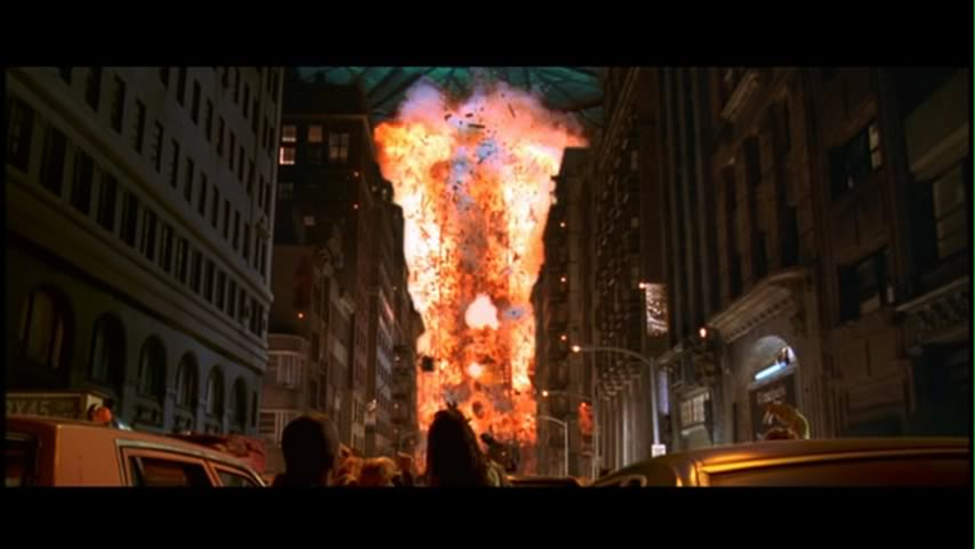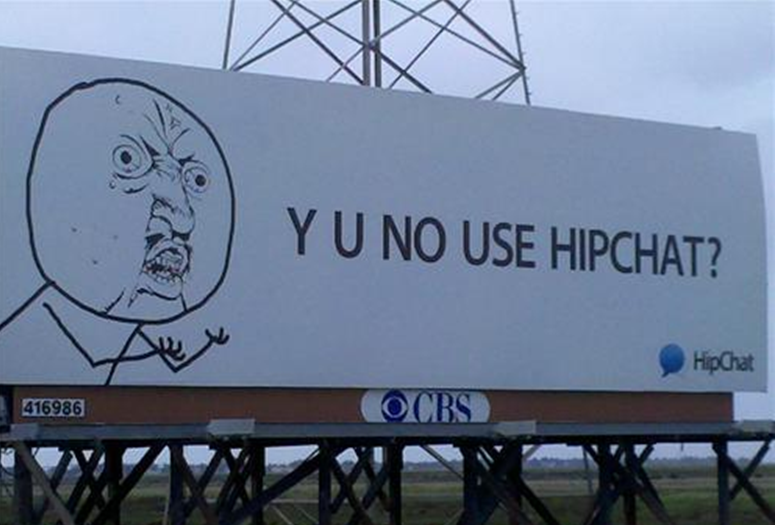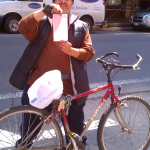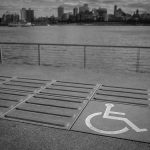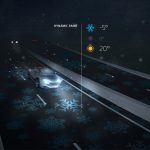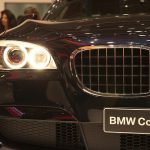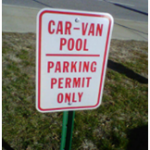Blimps, Billboards, and the Art of Focused Driving
Our morning “blimps” of New York.
September 6, 2012 — Today, from the windows of our New York offices, a line of blimps promenaded across the skyline, emerging over the harbor heliport and disappearing over Jersey. If there ever was a reason for Lady Liberty to look up, it was this unusual family—two bigger blimps, two littler ones—that followed the flag toting planes that paraded over the water. They paraded, literally, since this was a sanctioned event; the strategically named “Blimp Parade” went from 9-10am this morning, making its way from the Verrazano Bridge to the George Washington.
This leads us to wonder: if we were watching blimps while our monitors grew cold, blinking off sleepily into their dreamy generic screensavers, what were you doing behind the wheel? As we huddled around our windows, office binoculars and smartphone cameras in hand, were you still in the center of your lane, keeping a careful eye out for pedestrians and motorcycles? It’s unlikely—blimp parades recall similar adventures that distract drivers or, in the case of any cinematic disaster, force drivers to flee their vehicles, doors left swinging haphazardly behind them.
An obvious case of driver distraction, from the movie “Independence Day.”
You probably have two questions. First, how does one identify the hazards of distracted driving? Secondly, why do we have office binoculars?
Both are fair questions, and we’ll answer one of them. First, the clear cut case: in any unusual situation that demands your attention, such as a blimp parade, it is most appropriate to pull over. Alien invasions apply here too, but more ordinary astronomical phenomena, like full moons, comets, and shooting stars, also create perilous situations. Earlier this year, a woman struck two pedestrians while looking at a solar eclipse—which, on top of being a road hazard, also injures your eyes.
But what do you do when you have an ordinary case of distracted driving, particularly when it’s brought on by advertisements? Billboards are notorious distractions, and it’s impossible to pull over every time you notice one. (We tested this—trust us, it’s just silly.) The job of billboards is to make you react. Be they funny, obscene, political, sentimental, or simply bizarre, billboards are designed to get your attention and be memorable—a dangerous combination when aimed at motorists.
Some billboards are simultaneously difficult to look at and away from, causing bewildered and inattentive driving.
Despite the fact that authorities have regulated texting, surfing the web, and talking cell phones, no such limits are placed on big business when they want to sell you something. In fact, billboards are the only one of these hazards that is actually designed to distract you. If they didn’t make you look up from the road, they wouldn’t be there. Additionally, you can’t turn a billboard off, unlike a device in your vehicle.
The worst of these offenders may be digital billboards, which change every six to eight seconds, somewhat reminiscent of television. Although these advertisements do not have video or animation, they do interact with you: timed images show coffee in the morning, sandwiches at lunch, and can even pick up on the song playing on your radio.
The jury is still out on digital billboards’ impact—but researchers warn us to be careful. If they are indeed dangerous, it’s vital to set a precedent that protects our roads and our concentration. “If we don’t study this,” says Suzanne Lee, lead researcher for the Virginia Tech project, “and get on top of it right now while the capabilities are expanding, every roadway will be filled with flashing lights and video.”
When it comes down to it, we’re a bunch of guinea pigs. Technology that’s accessible both inside and outside our vehicles is always evolving, faster than researchers can test or lawmakers can regulate. Whatever the cause of a particular onset of distracted driving, it’s important to focus or just pull over entirely.
– C. Stebbins
Related Posts
Category: News












